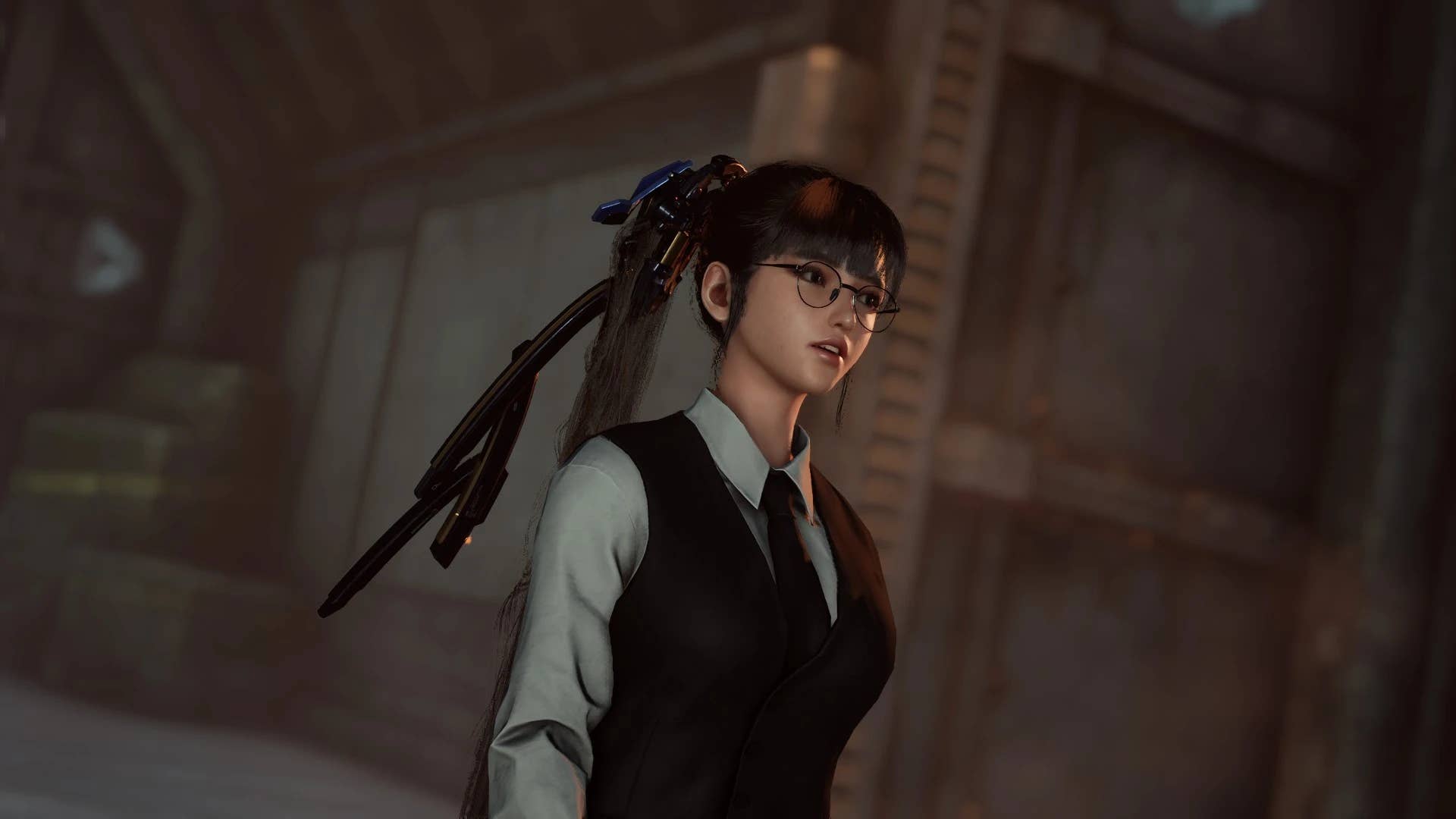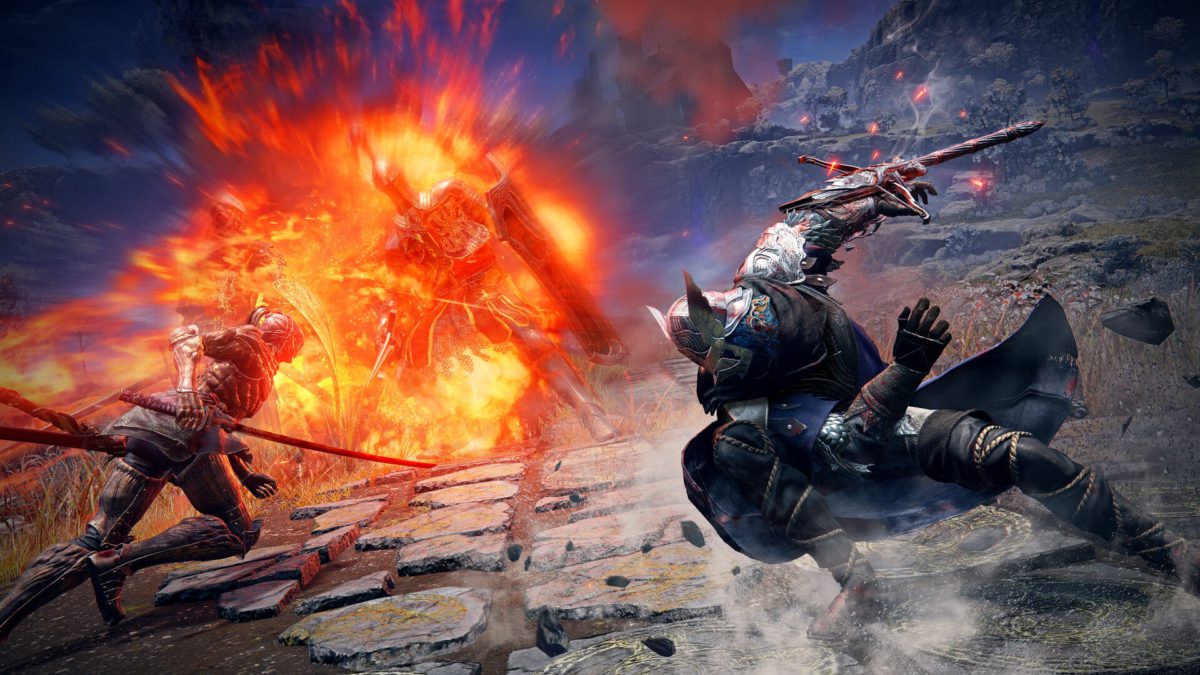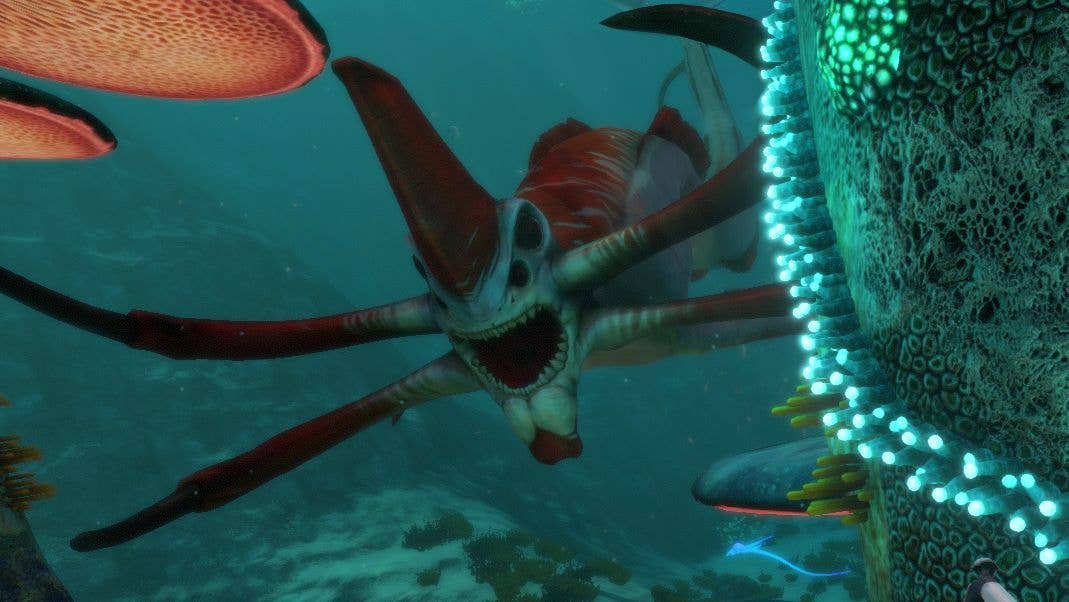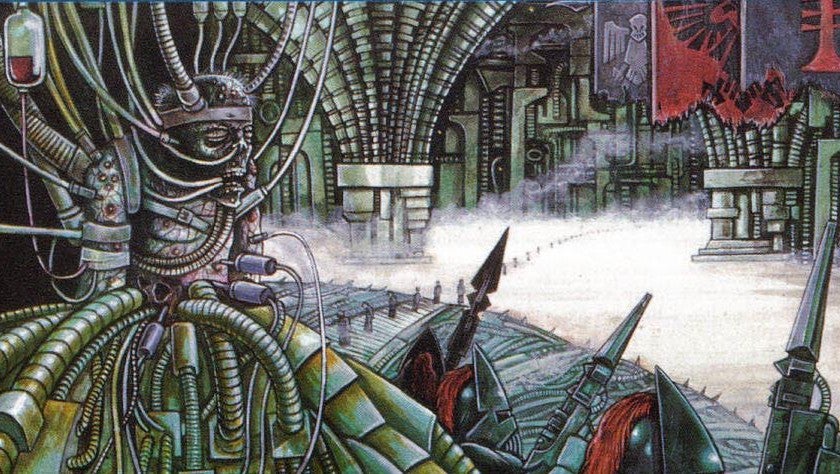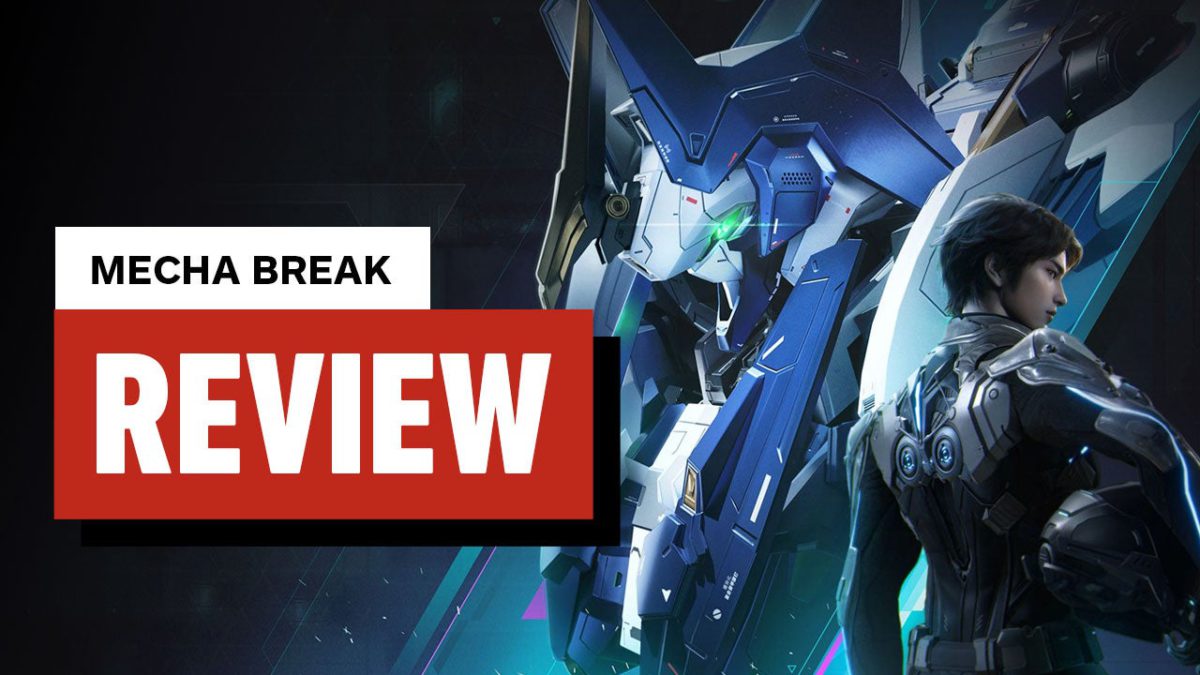
Since Death Stranding 2: On the Beach released last week, players have been discovering various unexpected collaborations and Easter eggs in the game. Some of these rely on specific knowledge of cultural phenomena. If you have taken Dollman for a relaxing soak with Sam in the hotsprings already, you may have stumbled across a Japanese comedy tribute that has delivered a nostalgia hit to many players in Japan, but may be unfamiliar to overseas audiences.
Lugging cargo across Death Stranding 2’s vast Mexican and Australian open worlds is back-breaking work for everyone’s favorite porter Sam. Waiting to be discovered in hidden locations, Ghost of Tsushima-style, are hotsprings. These not only give you a chance to make Norman Reedus take off his kit again, but also reward the player with various buffs. If it wasn’t amusing enough that putting a bucket on Sam’s head while in the hotspring allows him to fast travel, the hotsprings also hold other secrets. If you take Dollman for a dip and ask him to sing, he will turn into Japanese comedian Cha Kato. He will then start belting out a catchy tune, with a bemused Sam doing a dance along with him. This song and dance is from the long-running Japanese comedy show “8ji da yo! Zennin shuugou! (It’s 8 o’clock! Everyone gather round!).” Naturally, Dollman starts serenading you at 8pm in-game time, adding an extra detail to this tribute.
Broadcast on Saturday nights from 1969 to 1985, with plenty of repeats and related programmes after that, this show and its rhythmic “Ba-ban-Ba-ban-ban-ban” ending theme song would be instantly recognizable to most Japanese players, likely triggering nostalgic childhood memories, especially for those of Kojima’s generation.
The programme was led by The Drifters comedy troupe, and featured a mixture of sketches and musical performances, with different popular singers guest starring in each episode. (As a side note, the late Ken Shimura is probably the best known member of The Drifters outside Japan, with some of his sketches, like the English teacher one, later finding fame on the internet.)
The Drifters’ humor, often leaning into slapstick spiced with the occasional crude joke, became popular with children too. As a family-oriented show, the version of the theme song played at the end often encouraged children to start getting ready for bed. Not content with just one version of the iconic theme, Death Stranding 2 also varies the lyrics depending on which hotspring Sam is in.
This may seem like a rather random Easter egg at first glance, but the name of the theme song is “Ii yu da na” (literally, “It’s good hot water, isn’t it?”) and is about enjoying hotsprings. The original version was recorded by Duke Aces in the mid-60s and would later be covered by The Drifters for 8ji da yo! in 1969.
👍🙏🫶😍🙇🏻🎮 pic.twitter.com/GJPhYdzzsu
— 小島秀夫 (@Kojima_Hideo) June 26, 2025
On June 27, Hideo Kojima himself vaguely hinted at Cha Kato’s cameo in Death Stranding 2 by posting the above photo of him and the comedian on X, with a simple emoji caption. Unlike the mixed reception to Death Stranding 2’s VTuber collaboration, comments on The Drifters’ Easter egg from Japanese fans have been overwhelmingly positive (as reported by Japanese news site Game*Spark). Comments like “The Drifters are Japan’s treasure” and appreciation for the surprise tribute abound. Some even expressed hopes that Kojima would find a way to add The Drifter’s famous Hige Dance into a game too. Others were concerned that overseas players wouldn’t understand the reference, but it seems that this cameo could generate renewed interest in this aspect of Showa-era Japanese pop culture.
Kojima also has surprises in store for players who gaze at the starry night sky while soaking in the hotspring. In a recent interview with Game*Spark, Kojima was asked about Easter eggs and cameos, saying “I put all these things in. The staff go ‘huh?’ and give me a blank stare when I ask them ‘Please add this!’. In the hotspring at night, you can see a very beautiful sky if you look up. Please have fun zooming in on it as various things will appear. Some people might be a little surprised.”Indeed, as pointed out by users on Reddit, you can see Kojima himself in the stars. At least it is less creepy than his ghost, which you could snap a photo of back in MGS2.
Check out our Death Stranding 2: On the Beach guide for a full main story walkthrough, complete with checkmarks to track your exact progress, plus guides for Sub-Orders, Standard Orders, and Aid Requests — plus even more secrets and a cheat code! If you’re just jumping into the game, we have plenty of tips for what to do first, how to survive in combat, and how to make it through Brutal difficulty if you’re playing on the most challenging setting.
Verity Townsend is a Japan-based freelance writer who previously served as editor, contributor and translator for the game news site Automaton West. She has also written about Japanese culture and movies for various publications.


